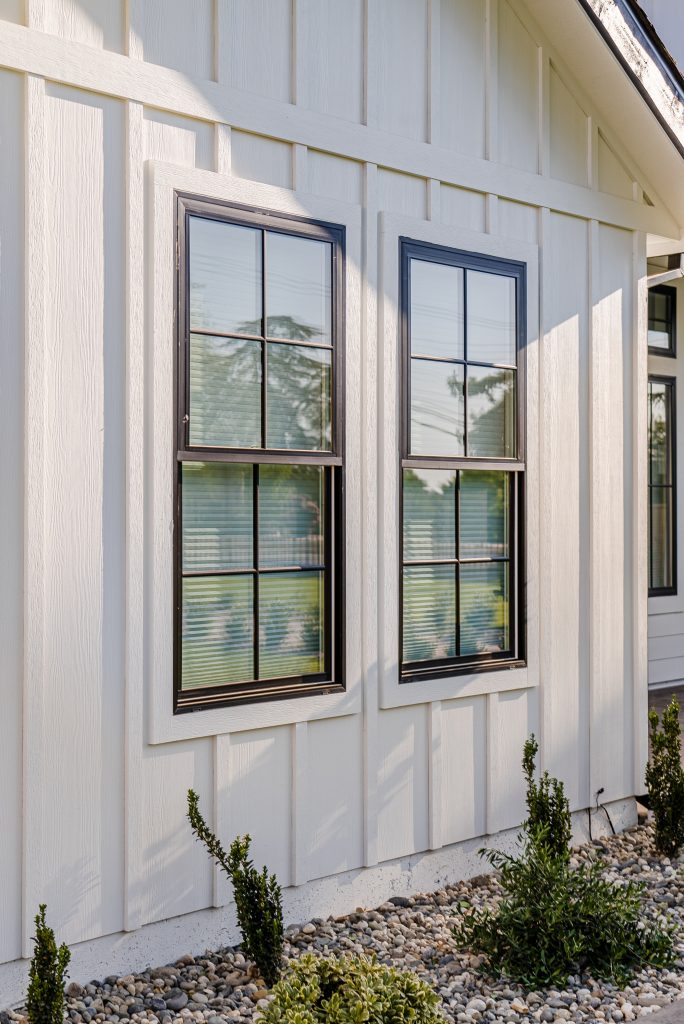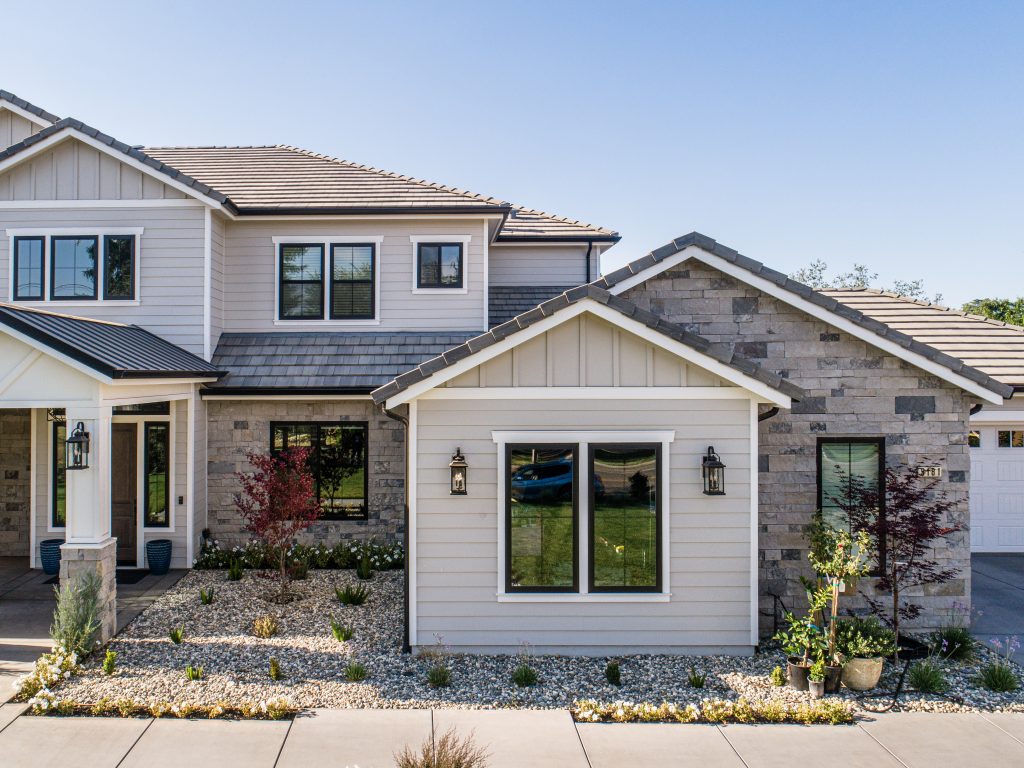Navigating the labyrinth of building regulations can be a daunting task, especially in a city like Sacramento with its unique set of rules. Whether you’re a homeowner looking to renovate or a contractor embarking on a new project, compliance is non-negotiable. The stakes are high; a misstep can lead to costly delays, fines, or even legal repercussions. In this comprehensive guide, we’ll delve into the intricacies of Sacramento’s building regulations. We’ll cover everything from zoning laws to specific guidelines for windows and siding. Did you know that Sacramento has specific energy efficiency requirements for windows?
Why Understanding Local Regulations Matters
Ignoring local building codes is a gamble you don’t want to take. First off, non-compliance can result in hefty fines that can cripple your project’s budget. In some extreme cases, the city can issue a stop-work order, grinding your project to a halt. Imagine the financial drain of having a half-finished project sitting idle.
Moreover, non-compliance poses serious safety risks. Building codes exist for a reason; they ensure that structures meet minimum safety standards. For instance, did you know that Sacramento’s building codes have specific wind and seismic load requirements? These are crucial for the region’s susceptibility to earthquakes and strong winds.

But it’s not just about avoiding penalties and ensuring safety. Adhering to local regulations can also enhance the long-term value of your property. A home built to code is a selling point, attracting buyers who appreciate quality and compliance.
Lastly, insurance companies often require proof of compliance before offering coverage. Without it, you may find it challenging to secure a policy, leaving you exposed to significant financial risks.
In summary, understanding and adhering to local building regulations in Sacramento is not just a legal requirement but a smart, long-term investment.
Overview of Sacramento Building Regulations
Navigating Sacramento’s building regulations requires a keen understanding of three key areas: building permits, zoning laws, and historic preservation. These elements form the backbone of the city’s building code, ensuring that all construction projects meet specific standards for safety, aesthetics, and community integrity.
Building Permits
A building permit is your golden ticket to commence construction. In Sacramento, permits are mandatory for most types of construction, including renovations and installations. The city’s permit process scrutinizes everything from structural integrity to fire safety. Interestingly, Sacramento has a “Fast Track” program that expedites permits for projects meeting certain green building standards. Failure to secure a permit can result in penalties that are often retroactive, adding a financial burden to your project.
Zoning Laws
Zoning laws dictate what you can build and where. Sacramento is divided into various zones, each with its own set of permissible land uses. For instance, residential zones have restrictions on building height and density. Did you know that the city also has “Transit-Oriented Development” zones? These zones encourage higher-density construction near transit hubs to reduce car dependency. Violating zoning laws can lead to a forced alteration or removal of your structure, so it’s crucial to consult zoning maps and regulations before breaking ground.
Historic Preservation
If your property is in one of Sacramento’s historic districts, brace yourself for an additional layer of regulations. These rules aim to preserve the architectural heritage and cultural significance of certain areas. For example, the Old Sacramento Historic District has stringent guidelines on materials and design aesthetics. Even window replacements must adhere to historic accuracy. Ignoring these rules can result in not just fines but also a revocation of your building permit. Therefore, it’s essential to consult with the city’s Preservation Director before initiating any construction in these zones.
Windows and Siding Regulations
Window Regulations
In Sacramento, window installations are subject to Title 24 energy codes, which mandate specific U-factors and Solar Heat Gain Coefficients. These metrics gauge a window’s insulation and solar heat resistance, respectively. Did you know that dual-pane windows with low-E glass are often recommended to meet these standards? Additionally, egress requirements dictate the minimum opening size for windows in bedrooms to facilitate emergency exits. Non-compliance can result in a failed inspection, necessitating costly adjustments. Always consult the latest code updates to ensure your windows are up to par.



Siding Regulations
Siding choices in Sacramento are also regulated, primarily for fire safety and durability. Materials like vinyl and fiber cement often pass muster due to their fire-resistant properties. Interestingly, Sacramento’s codes also consider the environmental impact of siding materials. For instance, recycled and sustainably sourced materials can sometimes offer permit incentives. The city also has guidelines on siding aesthetics in certain zones, aiming to maintain a cohesive community appearance. Before you choose your siding, make sure to check both the fire rating and the environmental impact to avoid any compliance issues.

Navigating the Approval Process
Steps to Obtain a Building Permit
First, submit your project plans to the Sacramento Community Development Department for review. This includes detailed blueprints, site plans, and any required environmental assessments. Did you know that electronic submissions are now accepted, speeding up the initial review process? Once approved, you’ll pay the permit fees and receive your building permit, granting you the green light to commence construction.
Inspection Process
After construction begins, expect multiple inspections at various stages. These inspections verify compliance with building codes, zoning laws, and other regulations. It’s crucial to schedule these inspections in advance to avoid project delays. Inspectors focus on structural integrity, electrical systems, and even energy efficiency. A failed inspection can result in a stop-work order, so preparation is key.
Tips for Ensuring Compliance
Ensuring compliance is not just about following the letter of the law; it’s about understanding the spirit behind these regulations. Always consult the latest versions of local codes and guidelines. Consider hiring a local expert familiar with Sacramento’s unique building landscape. They can navigate the complexities of local regulations, saving you time and potential legal headaches. Keep all documentation, from permit approvals to inspection reports, as they may be required for future renovations or property sales.
Understanding Sacramento’s building regulations is not merely a bureaucratic hurdle; it’s a pathway to creating safe, durable, and efficient structures. These codes reflect the community’s values, from safety to sustainability. Ignorance is not an option; the stakes are too high. Whether you’re a homeowner or a seasoned contractor, compliance is a shared responsibility that benefits everyone in the long run.

